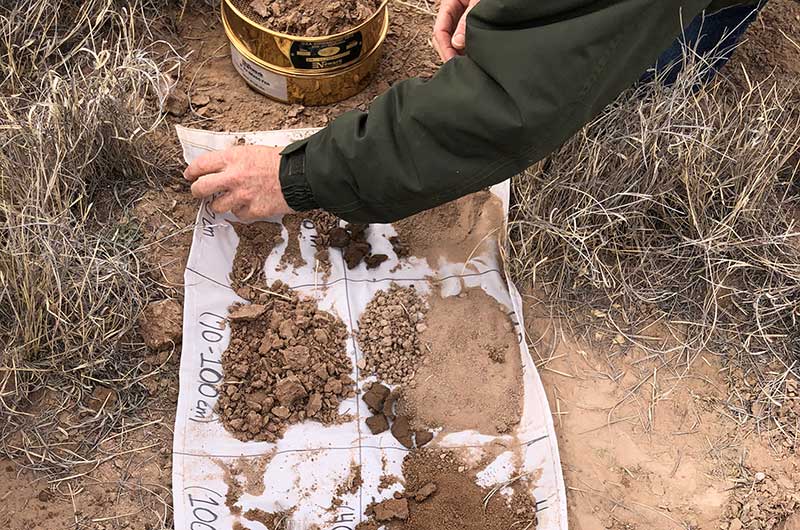LandPKS Learning
Knowledge Hub

Research: A Risk-Based Strategy for Climate Change Adaptation in Dryland Systems Based on an Understanding of Potential Production, Soil Resistance and Resilience, and Social Stability
This research provides a strategy for maximizing return on climate change adaptation investments in drylands.
Abstract
Climate change is expected to increase the intensity and temporal variability of storm events in many areas while reducing their frequency, resulting in increased runoff, and drought frequency and severity. Soil degradation can exacerbate these impacts by reducing both infiltration and plant-available water holding capacity. Therefore, an understanding of soil resistance and resilience to degradation is necessary to target climate change adaptation investments where they will have the largest impact. This paper (1) reviews key concepts necessary to understand the dynamic relationships between climate change adaptation, soil resistance and resilience, and social stability, and (2) provides a strategy for maximizing return on climate change adaptation investments in drylands based on an understanding of soil and ecosystem resilience. The strategy includes seven steps, which are completed for each landscape unit in the context of the surrounding landscape:
- Determine current potential productivity based on soils, topography, and existing climate conditions.
- Determine future potential productivity based on soil, topography, and climate change scenarios.
- Rank landscape units based on predicted change in potential productivity.
- Determine risk of land use change.
- Determine degradation risk with and without land use change.
- Rank each landscape unit based on degradation risk with and without land use change.
- Determine priorities for climate change and soil conservation investments. The strategy described here can be applied on multiple scales to address a wide variety of objectives.We conclude by suggesting that climate change adaptation resources allocation decisions include consideration of soil resistance and resilience.
Download
Download the research paper (PDF)
Citation
Herrick, Jeffrey E., and Adam Beh. “Chapter 22 A Risk-Based Strategy for Climate Change Adaptation in Dryland Systems Based on an Understanding of Potential Production, Soil Resistance and Resilience, and Social Stability.” (2015): 407-24.
Mobile App | Data Portal | Knowledge Hub | Habitat Hub | Learning Collections | Blog | About | Contact | Support



